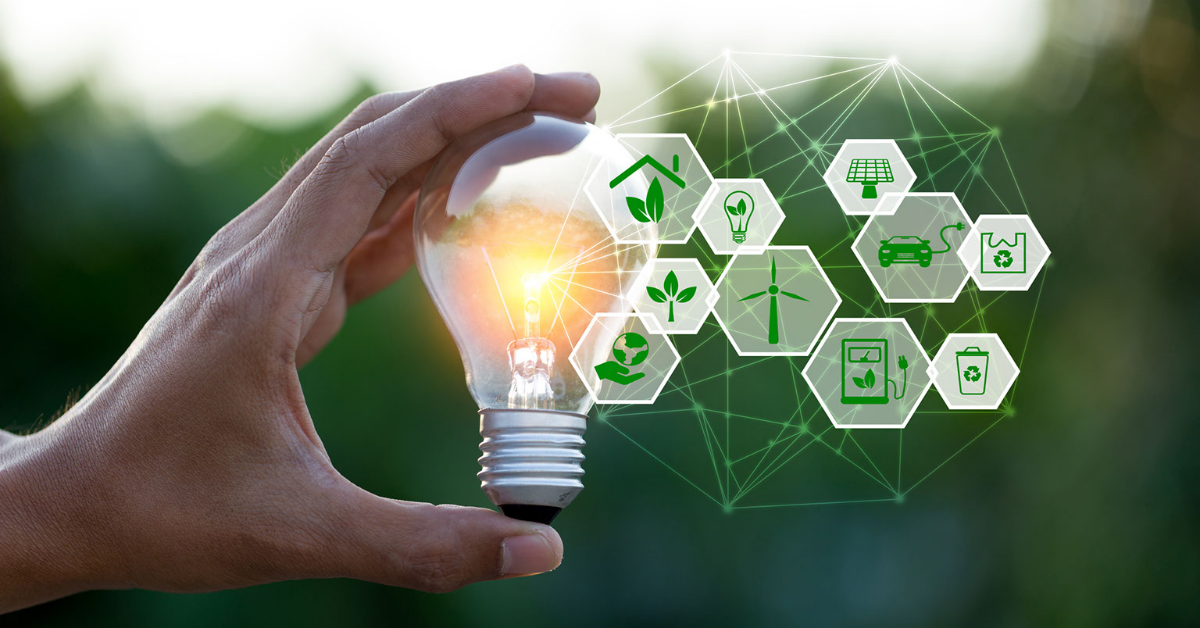Sources: Energy Resource Center, energy.gov, Energy Information Administration.
Increasing Your Brain Power: Fun Energy Facts

Did you know that although Americans account for 4.25 percent of the world’s population, we use at least 17 percent of the world’s energy? Hold the (cell) phone!
Fossil fuel sources (coal, petroleum, natural gas) provide the most energy; they ‘fuel’ 80 percent of our nation’s energy consumption. Nuclear electric power accounts for 8 percent and various types of renewable energy provide 11 percent (numbers rounded by the U.S. EIA).
Most Americans own cars, so getting around in their accounts for a large part of our energy use. Less than 10 percent of Americans use public transportation. Worldwide, more than 20 percent of the energy consumed is used for transportation.
Here are some other energy facts:
- Heating and cooling our homes accounts for about half of the average utility bill.
- To help reduce your utility bill, find (and fix) sources of air leaks in your home and replace inefficient windows, especially those that are single-paned. Energy-saving related fixes and tweaks add up to a more efficient home, thus saving on energy costs. (These are only a few ways to use less energy. Home energy audits can also shed light on sources of inefficiency.)
- Lighting accounts for approximately 10 percent of home utility bills. Like your dad always said, don’t light an empty room. Also, put high-efficiency light bulbs to work for you.
- The typical U.S. family spends $2,200 or more on home utility bills each year.
- Using a smart or programmable thermostat to adjust your thermostat 10 degrees for 8 hours a day could lower your heating and cooling costs by 10 percent per year. (Don’t heat and cool an empty house.)
- Despite previously being touted as energy saving, closing vents in unused rooms can put a strain on your HVAC system, which typically uses more energy, not less.
Schedule an Energy Audit today!